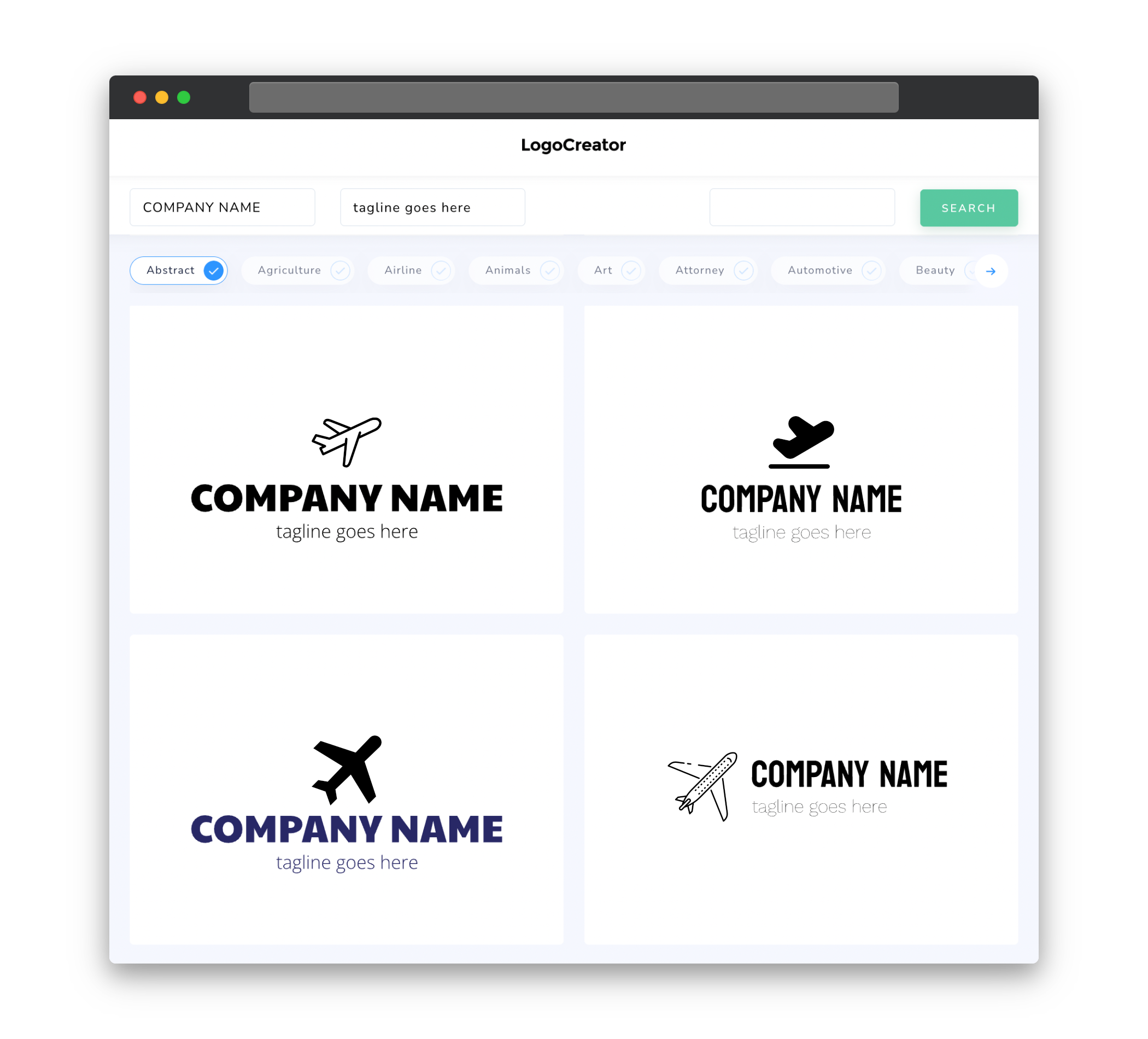Audience
When it comes to creating a flight school logo, it’s important to consider your target audience. Your logo should be designed to appeal to aspiring pilots, aviation enthusiasts, and anyone looking to embark on an exciting journey in the world of aviation. By understanding the preferences and interests of your audience, you can create a logo that resonates with them and catches their attention.
Your flight school logo should be designed to convey a sense of adventure, professionalism, and trustworthiness. Whether your target audience includes students who are just starting their aviation training or seasoned pilots looking for advanced courses, a well-designed logo will make a lasting impression and set your flight school apart from the competition.
Icons
Incorporating relevant icons into your flight school logo is a great way to visually represent the aviation industry. Popular icons to consider include airplanes, propellers, wings, compasses, and flight helmets. These icons can help convey a sense of movement, speed, and expertise to your audience.
By choosing icons that are instantly recognizable and synonymous with aviation, you can make your flight school logo more memorable and visually appealing. It’s important to strike a balance between simplicity and uniqueness when selecting icons, ensuring that your logo stands out while still maintaining a professional look.
Color
Choosing the right colors for your flight school logo is crucial in conveying the right message and creating a strong brand identity. Colors such as blue and white are often associated with aviation and can evoke a sense of trust, reliability, and professionalism.
Consider using shades of blue to represent the sky and water, both elements that are closely associated with the world of aviation. Combining blue with white or silver can create a clean and sophisticated look, while adding touches of yellow or orange can add a sense of energy and excitement. Ultimately, the choice of colors should align with your flight school’s brand identity and appeal to your target audience.
Fonts
The typography you choose for your flight school logo should reflect the professionalism and expertise your school offers. Opt for fonts that are clean, modern, and easy to read. Avoid overly decorative or extravagant fonts that may be difficult to decipher at smaller sizes.
Sans-serif fonts are often a popular choice as they give a contemporary and clean look to the logo. They also tend to be more legible, even at smaller sizes. However, you can also consider incorporating script fonts for a touch of elegance or serif fonts for a more traditional and established feel.
Remember to keep the text legible and well-spaced, ensuring that it remains clear and distinct even when the logo is scaled down or viewed from a distance.
Layout
The layout of your flight school logo plays a crucial role in creating a visually appealing and memorable design. Consider using a layout that is balanced and harmonious, with the elements of the logo evenly distributed. This can be achieved through symmetrical or asymmetrical arrangements, depending on the look and feel you want to convey.
Placement of icons, typography, and any additional graphic elements should be done strategically to enhance the overall composition of the logo. Experiment with different arrangements and proportions to find a layout that best represents your flight school’s unique identity.
Remember to keep the logo design simple and uncluttered, avoiding excessive details or overcrowding. A clean and well-structured layout will ensure that your flight school logo remains visually appealing and easily recognizable across different mediums and sizes.
Usage
Once you have created your flight school logo, it is important to consider its usage across different platforms and materials. Your logo should be versatile enough to be used on your website, social media profiles, marketing materials, and even on physical signage or merchandise.
Ensure that your logo is scalable and can be resized without losing its legibility or visual impact. It should work well in both full-color and black-and-white formats, allowing for flexibility in various printing or digital applications.
Additionally, keep in mind the different backgrounds and contexts in which your logo will be displayed. Make sure that it stands out and remains easily recognizable against different backgrounds, whether light or dark.
By considering these factors and designing a versatile logo, you can ensure that your flight school’s brand identity is consistently and effectively communicated across all channels.



